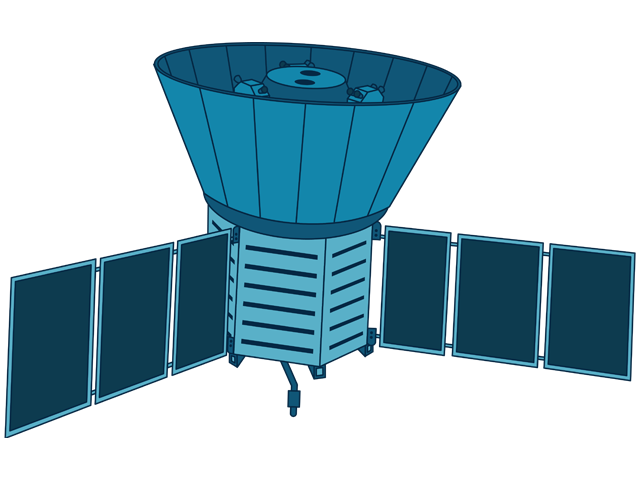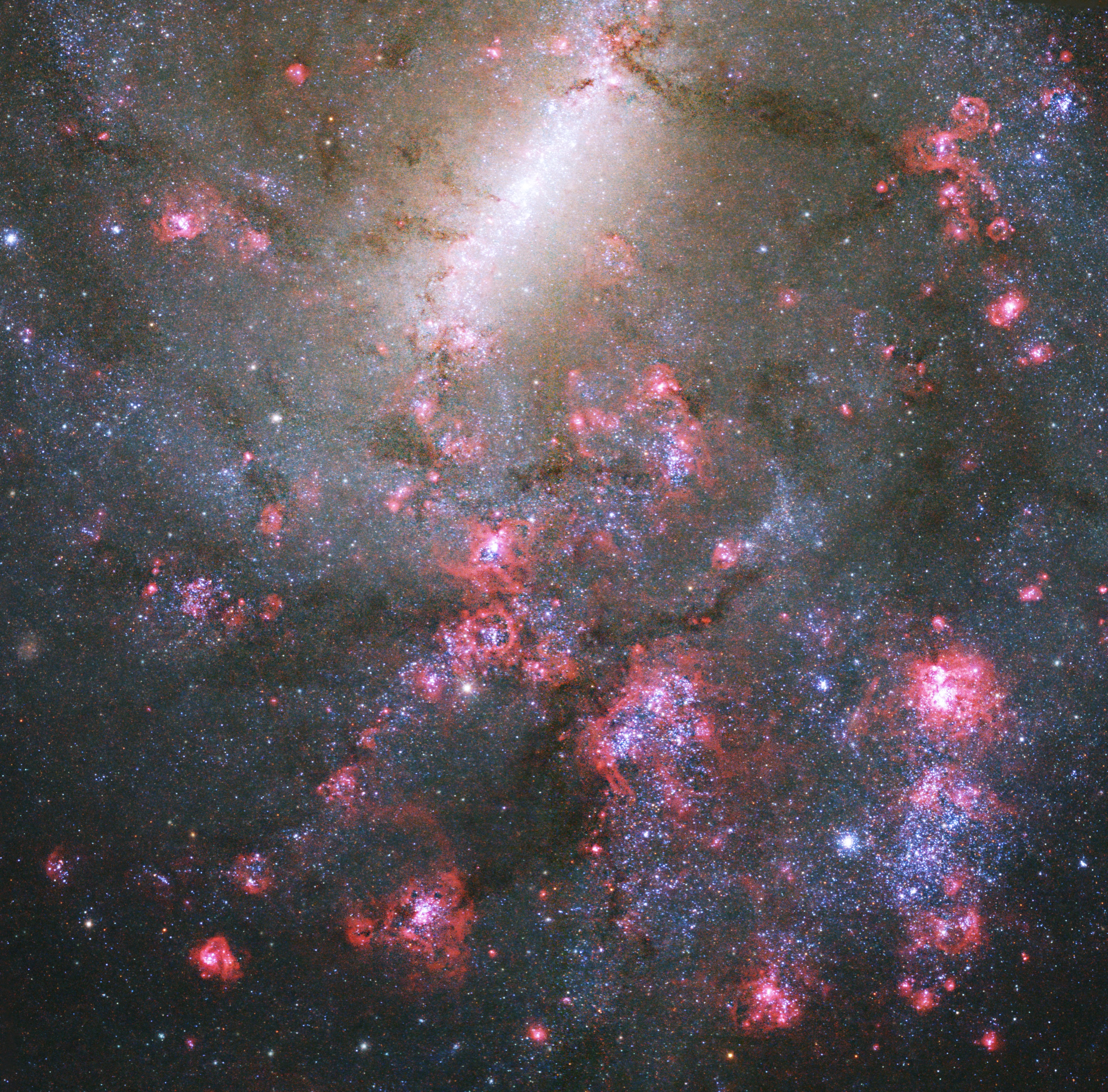COBE
Mission Type
Nasa lead
Launch
wavelengths
NASA’s COBE mission mapped diffuse infrared and microwave radiation from the early universe. COBE discovered that the CMB (cosmic microwave background) — the oldest light in the universe — contained tiny temperature variations, the seeds for galaxies and other large-scale structure seen in the universe today. COBE data refined our knowledge of the CMB and provided key evidence supporting the big bang theory as an explanation for the origin of the universe. COBE investigators John Mather and George Smoot were awarded the 2006 Nobel Prize in physics for this work. COBE was retired on Dec. 23, 1993.
COBE Satellite Marks 20th Anniversary
NASA’s Cosmic Background Explorer (COBE) satellite rocketed into Earth orbit on Nov. 18, 1989, and quickly revolutionized our understanding of…
Read the Story
COBE at Goddard
Technicians work on the COBE spacecraft in a clean room at NASA’s Goddard Space Flight Center in Greenbelt, Maryland. The mission launched into an Earth orbit in 1989 to make an all-sky map of the cosmic microwave background, the oldest light in the universe. The conical silver shield protects the scientific instruments from direct radiation from the Sun and Earth, isolates them from radio-frequency interference from the spacecraft transmitters and terrestrial sources, and provides thermal isolation for a dewar containing liquid helium coolant.
Credit: NASA/COBE Science Team
The Cosmic Background Explorer (COBE)
NASA's COBE satellite rocketed into Earth orbit on Nov. 18, 1989, and quickly revolutionized our understanding of the early cosmos.






